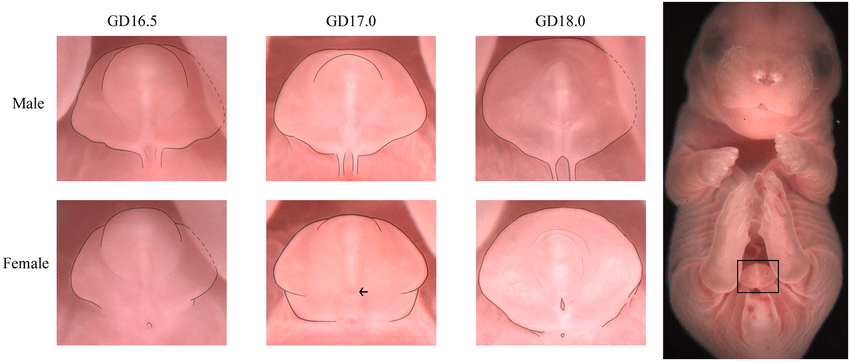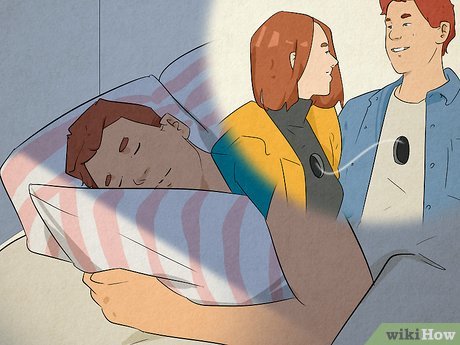Bottom Growth

In the world of fitness and body transformation, discussions often revolve around muscle building, fat loss, and overall physique enhancement. However, one aspect that sometimes gets overlooked but is equally crucial is bottom growth. Bottom growth refers to the development and strengthening of the muscles in the lower body, particularly the glutes, hamstrings, and calves. While it may not always be in the spotlight, a strong and well-defined bottom not only enhances physical appearance but also plays a significant role in overall strength, stability, and athleticism. In this article, we delve into the importance of bottom growth and explore effective strategies to achieve optimal results.
Understanding the Importance of Bottom Growth:
- Functional Strength: The muscles in the lower body, especially the glutes, serve as the powerhouse for various movements such as walking, running, jumping, and squatting. A strong bottom ensures proper biomechanics, reduces the risk of injuries, and enhances performance in both daily activities and sports.
- Aesthetic Appeal: Let’s face it, a well-shaped and toned bottom is aesthetically pleasing. Whether it’s for personal confidence or societal standards, many individuals aspire to achieve a sculpted lower body. Bottom growth not only enhances physical attractiveness but also boosts self-esteem and body image.
- Posture and Alignment: Weakness or imbalance in the lower body muscles can contribute to poor posture and alignment issues. Developing strength in the glutes and hamstrings helps stabilize the pelvis, improve spinal alignment, and alleviate issues such as lower back pain.
Effective Strategies for Bottom Growth:
- Resistance Training: Incorporating compound exercises such as squats, deadlifts, lunges, and hip thrusts into your workout routine is essential for stimulating muscle growth in the lower body. These exercises target multiple muscle groups simultaneously, allowing for efficient muscle development.
- Progressive Overload: To continue making gains in bottom growth, it’s crucial to progressively increase the intensity of your workouts. This can be achieved by gradually increasing the weight lifted, performing additional repetitions, or adjusting the tempo of exercises.
- Targeted Isolation Exercises: While compound movements should form the foundation of your training, incorporating targeted isolation exercises can help address specific areas of the lower body. Examples include glute bridges, leg curls, calf raises, and hip abduction/adduction exercises.
- Proper Nutrition: Building muscle requires adequate nutrition to support growth and repair. Ensure you’re consuming enough protein to fuel muscle recovery and synthesis, along with a balanced diet rich in essential nutrients, vitamins, and minerals.
- Rest and Recovery: Muscles grow and repair during periods of rest, so it’s essential to prioritize adequate sleep and recovery between workouts. Overtraining can hinder progress and increase the risk of injury, so listen to your body and allow for sufficient rest days.
- Consistency and Patience: Bottom growth, like any fitness goal, requires consistency and patience. Results won’t happen overnight, so stay committed to your training program and trust the process. Celebrate small victories along the way and keep pushing yourself to reach new milestones.
Conclusion
Bottom growth is a fundamental aspect of fitness and overall well-being. By prioritizing strength training, proper nutrition, and recovery, individuals can achieve a strong, shapely lower body that not only looks great but also enhances performance and functionality. Whether you’re aiming for a peachy posterior or seeking to improve athletic performance, incorporating effective strategies for bottom growth into your fitness regimen will help you unlock your full potential and thrive both physically and mentally.





